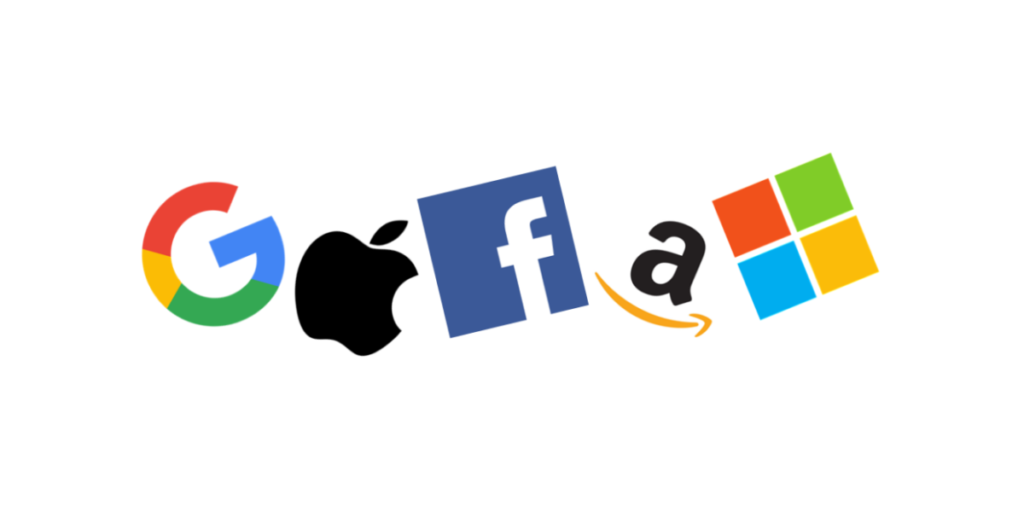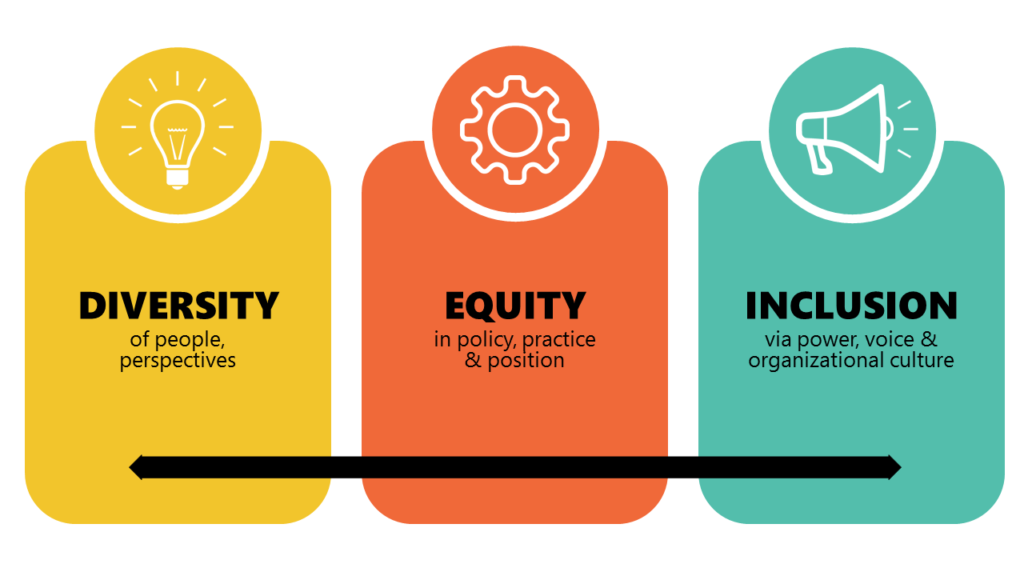Overview
Diversity, Equity, and Inclusion (DEI) initiatives have been at the forefront of business strategies over the past ten years, especially in Big Tech firms. These programs sought to guarantee fair treatment for all workers, encourage diverse recruiting practices, and create inclusive workplaces. However, several internet giants have reduced or completely abandoned their DEI initiatives in recent years, especially after political upheavals and economic downturns.

This article examines the reasons behind the recent rollbacks of DEI programs, their original motivations, the political and legal ramifications, and how these changes impact accessibility to remote employment, particularly for people with impairments.
The Origins of DEI Projects
1. DEI’s Historical Foundations
The civil rights struggles of the 1960s laid the groundwork for DEI programs. Title VII of the Civil Rights Act of 1964 forbade discrimination in the workplace on the grounds of race, color, religion, sex, or national origin. The foundation for corporate diversity programs and affirmative action policies was established by this historic law.
Businesses realized that diversity was not just a legal necessity but also a competitive advantage as their workforces grew more diverse and their operations got more worldwide. Employee satisfaction, creativity, and problem-solving skills are all improved by a diverse staff.
2. The Tech Sector’s DEI
Particularly in the early 2000s, large tech firms like Google, Apple, and Microsoft took the lead in putting formal DEI initiatives into place. They presented:

Strategies for targeted recruitment
Mentoring initiatives for marginalized populations
Employee resource groups (ERGs) and training on unconscious bias
Because minorities and women are disproportionately underrepresented in technical and leadership positions, the tech sector has long been criticized for lacking diversity. Addressing these inequalities and fostering an inclusive atmosphere where a range of viewpoints might flourish were the goals of DEI initiatives.
The Growth and Decline of Big Tech’s DEI Commitments
1. A DEI Boom: The George Floyd Effect
Global demonstrations against racial inequality were triggered by George Floyd’s murder in 2020, which forced businesses all over the world to reassess their diversity initiatives. Numerous large tech companies have publicly pledged to diversify their workforces:
By 2025, Google promised to increase the number of underrepresented groups in leadership positions by 30%.
By 2024, Meta (Facebook) promised to double the number of Latinx and Black workers in the United States.
- Amazon pledged to increase the proportion of Black executives in business positions.
Additionally, businesses set up funds to assist minority entrepreneurs and gave millions to racial justice organizations.
2. The Post-Epidemic Transition: DEI Reversals Start
But by 2023–2025, a notable reversal was apparent. A number of factors led to this change:
Legal and Political Pressures
When Donald Trump returned to the White House in 2025, government policies regarding DEI ventures underwent a significant change.
- In order to prevent legal ramifications, executive orders targeting affirmative action and DEI policies were issued, requiring federal contractors—including large IT companies—to discontinue or modify their diversity initiatives.
Corporate policy were impacted by the Supreme Court’s 2023 decision against affirmative action in college admissions, as conservative voices claimed that diversity quotas amounted to “reverse discrimination.”
Criticism of ‘Woke’ Culture
There was a rise in anti-DEI attitude, especially from conservative groups who claimed that diversity initiatives were encouraging ideological conformity and reverse discrimination.
The CEO of Meta, Mark Zuckerberg, made the contentious claim that DEI initiatives were “culturally neutering corporate America,” calling for a return of “masculine energy” in the workplace.
- When critics accused tech businesses of putting social objectives ahead of shareholder considerations, the term “woke capitalism” gained popularity.
Financial Aspects
The tech industry experienced widespread layoffs as a result of the post-pandemic economic slowdown. Businesses were under pressure to save costs, and among the first to be abolished were DEI initiatives, which were frequently viewed as unnecessary.
- According to reports, diversity initiatives were deprioritized as Google, Meta, and Amazon not only reduced their DEI efforts but removed references to these programs from their annual reports.
DEI Rollback Case Studies
1. Google
In early 2025, it declared that it will no longer be pursuing diversity-based hiring goals.
New presidential directives that limit diversity-focused employment strategies had an impact on the decision.
According to internal accounts, the DEI team’s funding was reduced by more than 40%.

2. Facebook Meta
Concerns about company culture led to the termination of DEI programs.
The controversy surrounding CEO Mark Zuckerberg’s call for “masculine energy” prompted more conversations on gender diversity in the workplace.
Minority employees’ internal employee resource groups (ERGs) were defunded.
3. Amazon
DEI references were discreetly eliminated from job descriptions and company websites.
The internal DEI leadership training programs were discontinued.
- Said that instead of keeping separate DEI programs, it will incorporate diversity concepts into more general organizational policies.
Implications for Accessibility and Remote Work
Significant ramifications result from the repeal of DEI programs, especially with regard to the accessibility of remote employment for people with impairments.
1. Help Systems in Danger
Numerous DEI programs featured support networks for employees with disabilities, including advocacy groups for accessibility, flexible work schedules, and mentorship programs.
Employees with disabilities may experience decreased institutional support as a result of DEI program cuts.
2. Setbacks in Policy Development
In order to ensure that people with impairments have equal chances, DEI activities were crucial in expanding remote work policies.

Disabled employees may find it more difficult to access remote work if DEI-focused committees are eliminated, which could result in a reduction in accommodations.
3. Accessibility to Technology in Danger
Businesses such as Apple and Microsoft have taken the lead in creating assistive technologies.
DEI’s deprioritization could slow progress in fields like screen readers, adaptive hardware, and AI-powered accessibility solutions.
DEI’s Future in Big Tech
Notwithstanding the obstacles, DEI advocacy is still developing. The future of workplace diversity programs will be influenced by a number of factors:
- Employee Activism: Employees are still advocating for diversity, and many have started their own advocacy groups.
Legal Challenges: Lawsuits against businesses that rescind DEI initiatives could set new standards.
DEI is a long-term commercial benefit because research indicates that diverse teams perform better than homogeneous teams.
The debate over workplace diversity is far from ended, even though Big Tech’s move away from DEI may just be a short-term trend.
Wrap-up
The quick growth and fall of DEI programs in Big Tech highlights how intricately politics, economics, and corporate culture interact. The early 2020s saw an extraordinary surge in diversity initiatives, but recent political upheavals, financial strains, and cultural discussions have caused many businesses to reduce their commitments.

The elimination of these initiatives begs important issues about workplace inclusivity going forward, especially with relation to remote employment for people with impairments. One thing is certain while the discussion goes on: DEI may be declining, but it is by no means gone.







